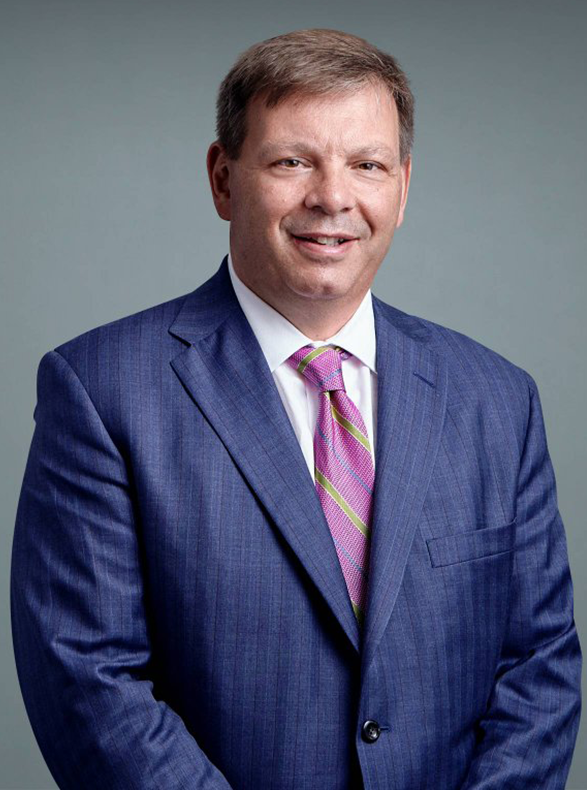Queens Juvenile Arthritis Doctors
What is juvenile arthritis?
Juvenile arthritis, also known as childhood arthritis, is typically diagnosed in children and teens under the age of 17. It involves inflammation of the synovial membrane, causing swelling in the joints and potential damage to surrounding cartilage and bone.
The most common form of juvenile arthritis is juvenile idiopathic arthritis (JIA), of which there are several different types, including:
● Systemic JIA, which affects the entire body
● Oligoarthritis, which affects up to four joints
● Polyarticular arthritis, which affects five or more joints if it’s rheumatoid factor negative or resembles adult arthritis if it’s rheumatoid factor positive
● Psoriatic arthritis, which involves the presence of both psoriasis and arthritis
● Enthesitis-related arthritis, which typically affects the lower body and spine
Other forms of juvenile arthritis include conditions similar to adult arthritic diseases such as ankylosing spondylitis, lupus, and fibromyalgia, as well as:
● Vasculitis, which causes blood vessel inflammation and often appears as Kawasaki disease or Henoch-Schonlein purpurra (HCP) in children and teens
● Juvenile myositis, which causes muscle weakness and typically appears as juvenile polymyositis or juvenile dermatomyositis, a condition that causes rashes on the eyelids and knuckles
● Juvenile scleroderma, which causes the skin to harden and tighten

What are the symptoms of juvenile arthritis?
Generally, juvenile arthritis causes symptoms such as joint pain, fever, stiffness, rashes, fatigue, loss of appetite, eye inflammation, and difficulty with many routine physical activities. It can also lead to problems with internal organs such as diarrhea, bloating, shortness of breath, and heart problems. Each individual type of juvenile arthritis causes symptoms similar to those present in the adult forms of these conditions.
How is juvenile arthritis treated?
Juvenile arthritis is typically treated with medication, non-drug therapy, or in some cases, surgery. The goal of juvenile arthritis treatment is to achieve permanent remission by treating symptoms, as there are no cures for these conditions.
The drugs used most often to treat juvenile arthritis include anti-inflammatory medications such as corticosteroids, nonsteroidal anti-inflammatory drugs, and analgesics, as well as DMARDs to suppress the immune system and prevent it from attacking the joints.
Physical therapy and occupational therapy are also utilized in many cases to help a child learn the best ways to stay active for managing their ongoing joint pain. Walking, swimming, biking, yoga, and other low-impact activities are generally best, but if symptoms are under control, a child can participate in almost any physical activity.
In cases of severe joint pain or damage, your child’s doctor may recommend surgery to replace the affected joints.
Sanjit R. Konda
Abhishek Ganta
Joseph A. Bosco lll
Spencer Stein
Michael J. Alaia






